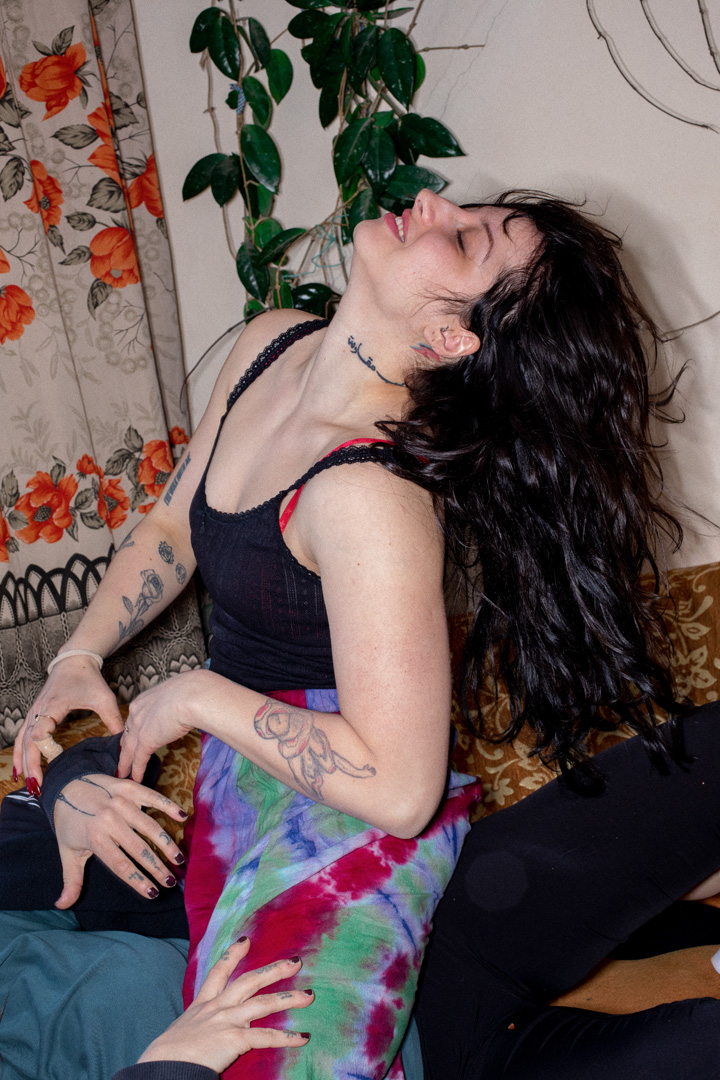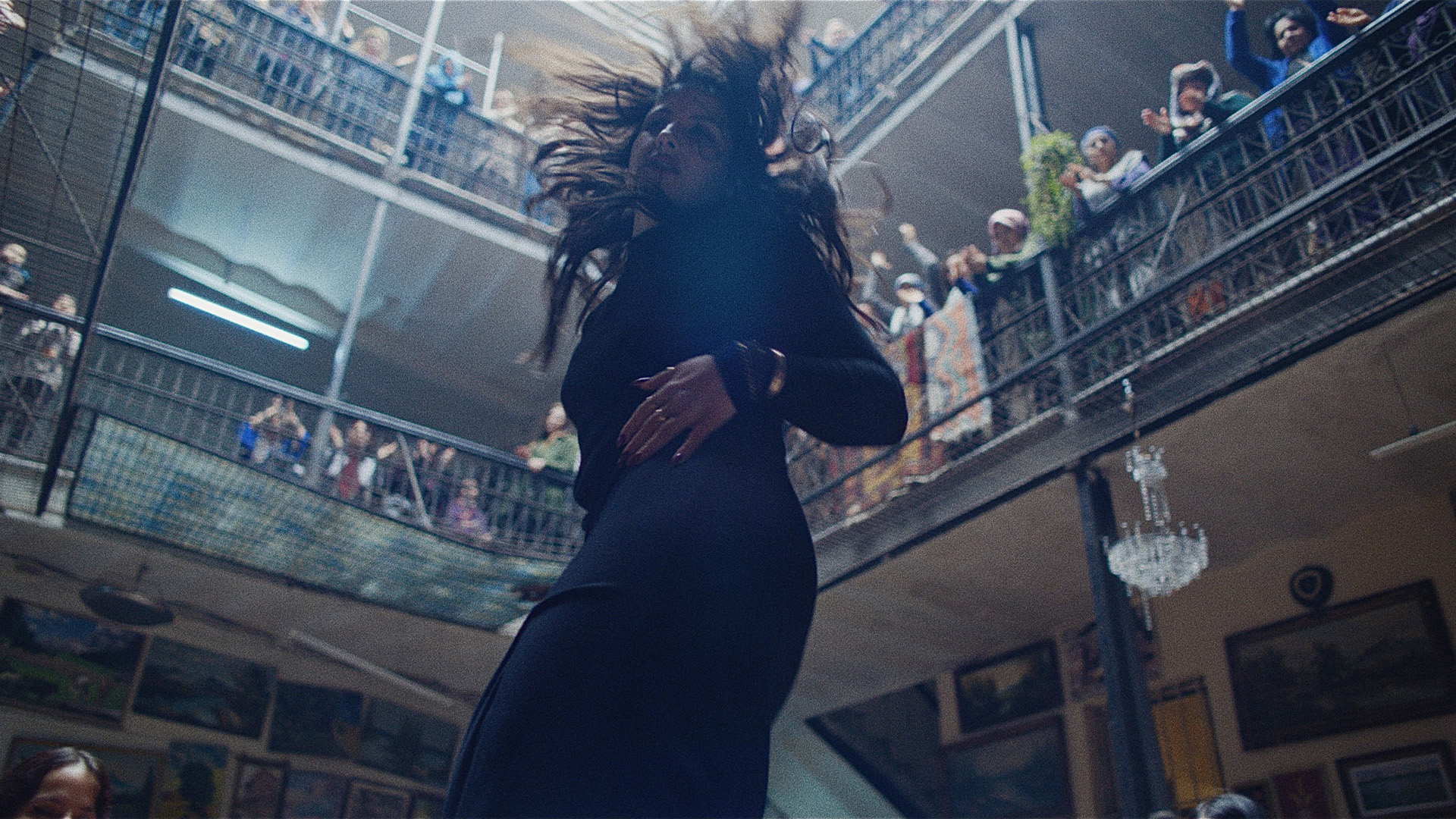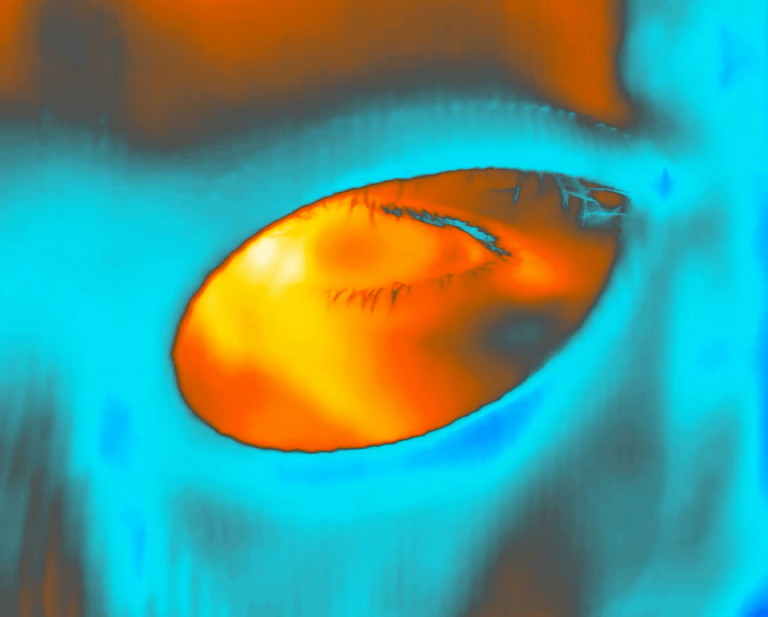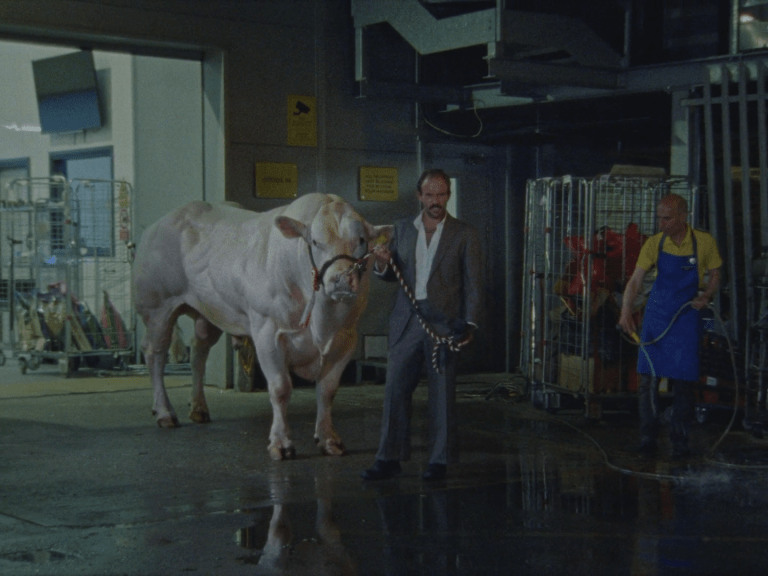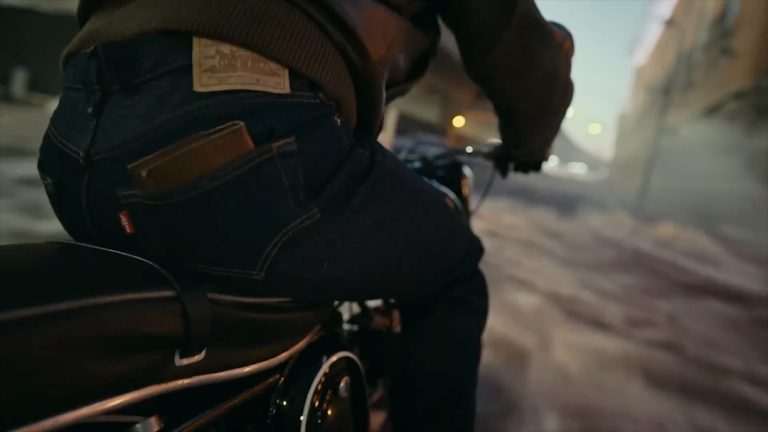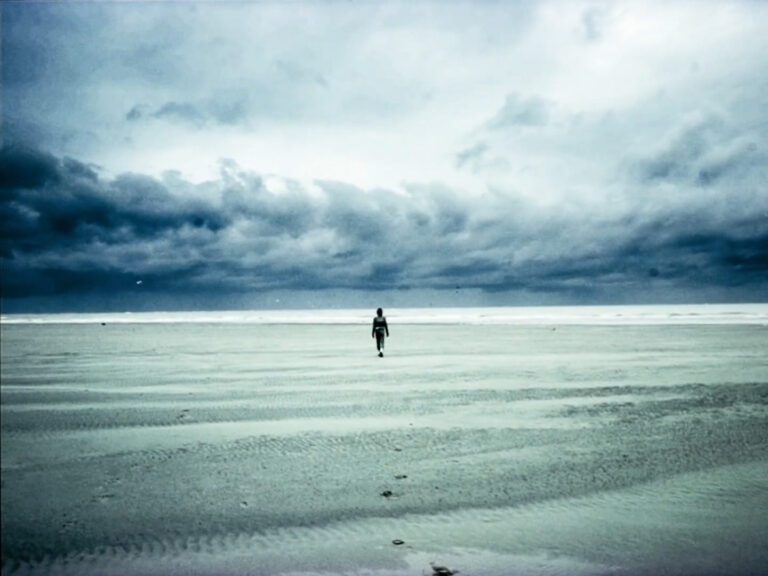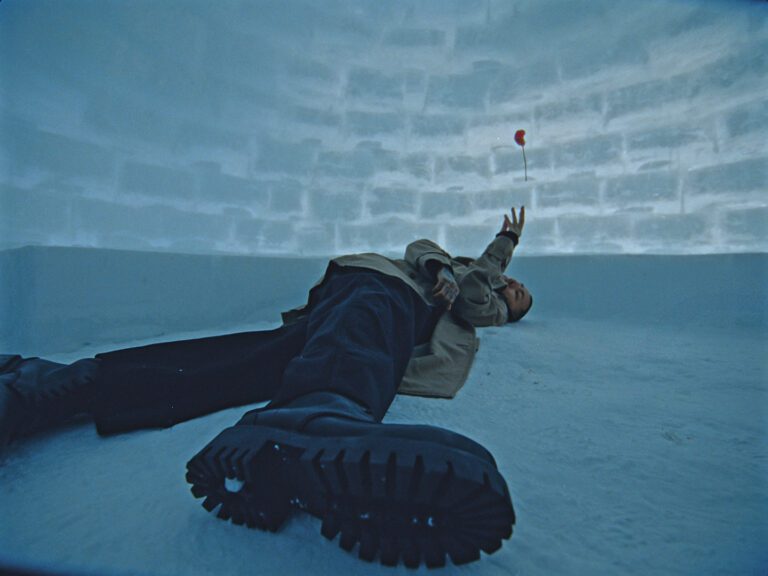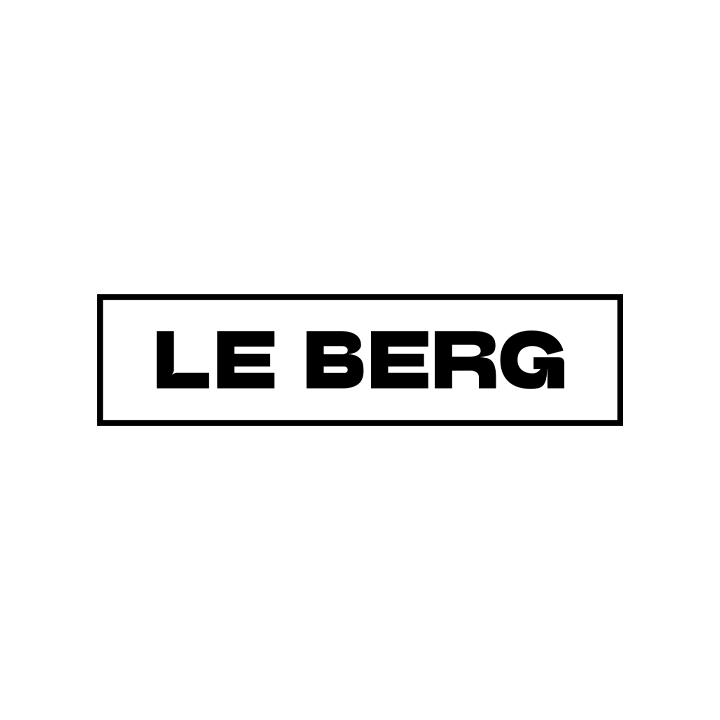Suggested Terms
Director
Location
Format
Festival
Agency
Production Company
Record Label
Award
Country
- Turkey
Production Company
-
Iconoclast
-
Panda Films
Record Label
- Atlantic Recording
- OWSLA
June 2023
Amara Abbas directs ‘Xena’ for Skrillex, featuring Nai Barghouti. An ode to freedom, women’s life after revolution.
Country
- Turkey
Production Company
-
Iconoclast
-
Panda Films
Record Label
- Atlantic Recording
- OWSLA
Credits
-
Director
-
Executive Producer
Maëva TenneroniChad OzturkSuat Sağlam
-
Director of Photography
Nicolas Loir →
-
Editor
Simon Colin →
-
Colourist
Mathieu Caplanne →
-
Production Company
IconoclastPanda Films
